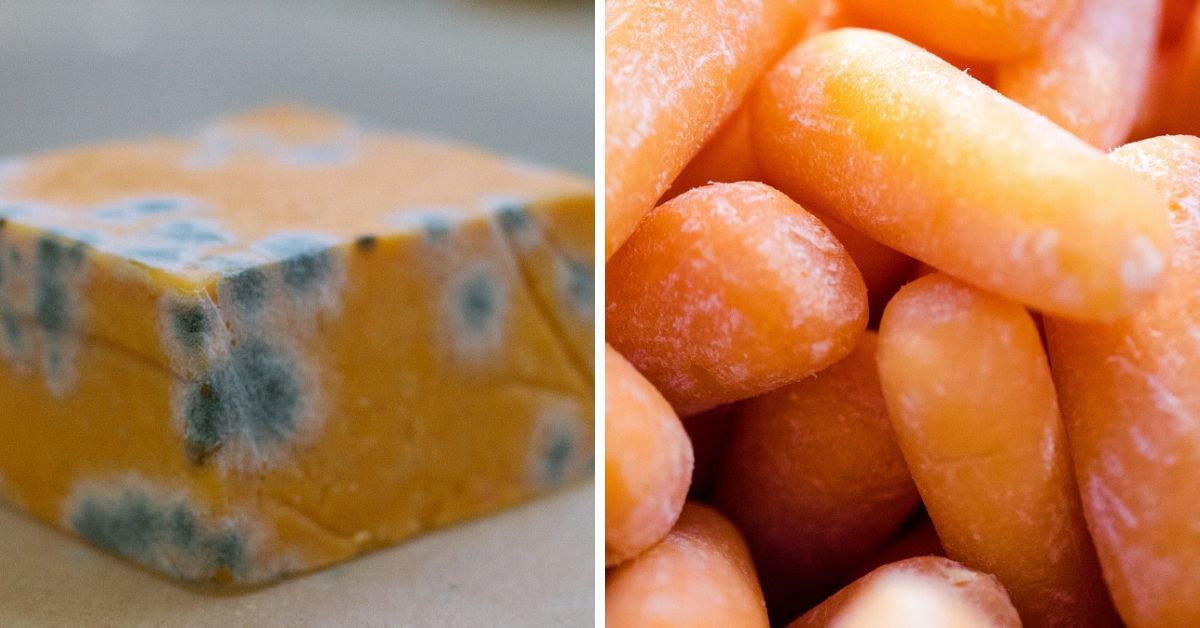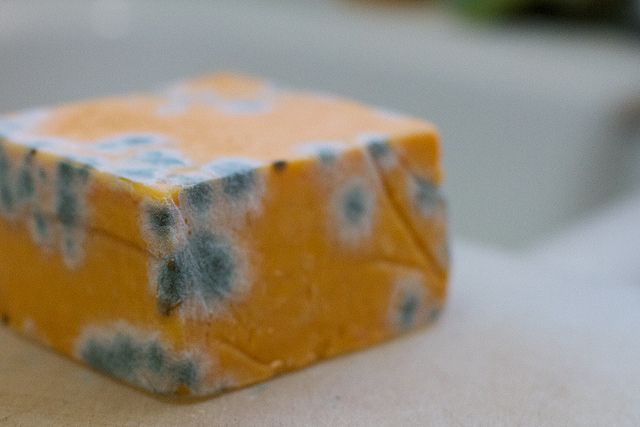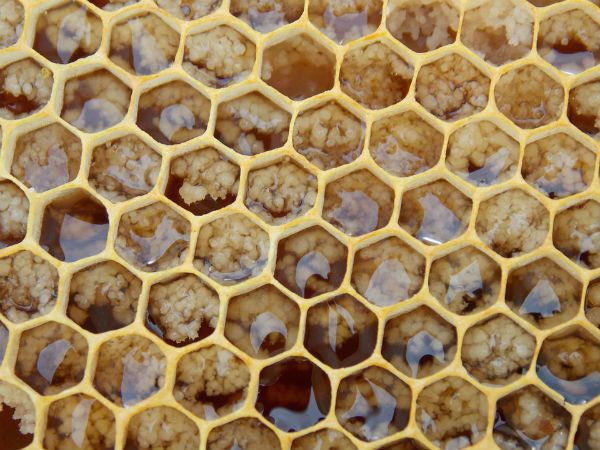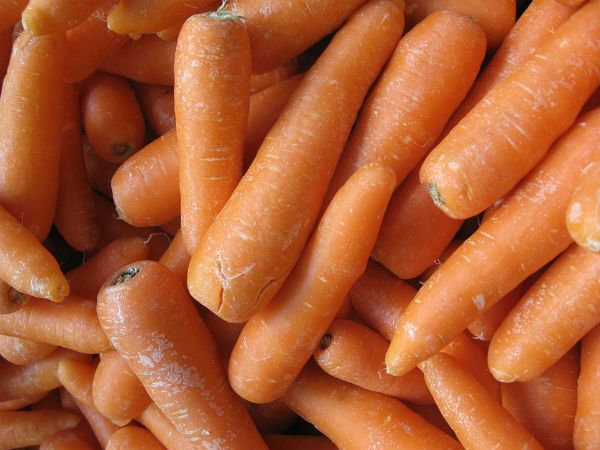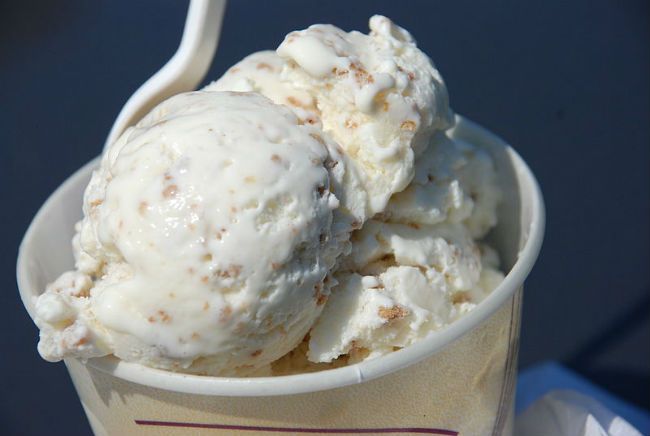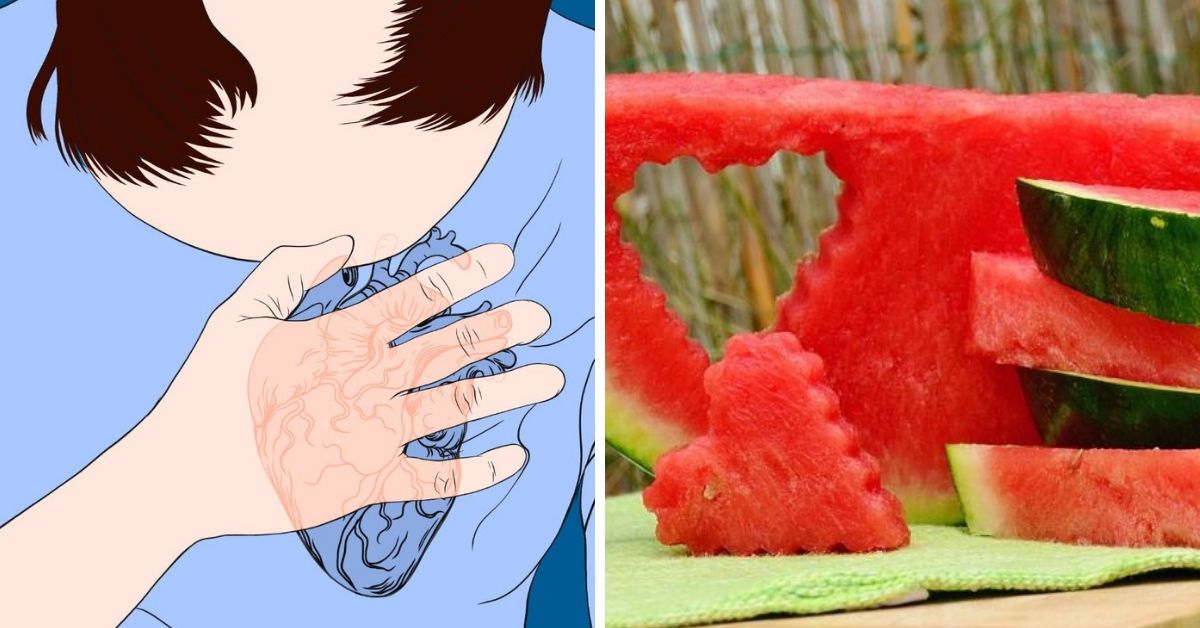I'm a bit of a picky eater - even though I'm willing to try any dish.
I just don't like food that looks bad, and I've been known to chuck out fruit, vegetables, and even meat that were perfectly good, just because I can't stand the sight of them.
If you're like me, you've probably wasted a lot of money over the years replacing ingredients that are still good.
Break the habit by learning about these 11 foods that look "bad" but actually taste great.
1. Moldy Cheese
We've all wondered at some point, and the answer is yes: you can just cut the moldy part off your cheese, then put the rest back in the fridge.
Just cut a good portion off - at least half an inch - and put the knife you used straight in the dishwasher after.
This only works for hard cheese. Soft cheese is made using mold, but the wrong kind can make you sick.
Plus, mold can spread more easily through softer cheeses, so it's not safe to keep leftovers.
As for shredded cheese? It's a toss-up, so I usually play it safe and throw out the bag after I see mold.
2. Odd-Colored Meat
Mold on meat is a red flag that it should be thrown out. The same goes for a sharp smell or slimy texture.
But what about meat that seems to change color in your fridge or freezer? That's totally safe, according to the USDA.
It seems chemicals that give your meat its color change as they're exposed to air and light, but this doesn't affect the food's taste or safety.
3. Crystallized Honey
I pour a little honey in my tea every night, so I rarely have any left long enough to harden up.
But if your honey has turned into an odd bunch of crystals, it's still safe to eat.
This hardening process is completely natural. In fact "raw" honeys harden faster because they have more bits of honey comb, pollen, and other bee byproducts in the mixture.
Some people actually prefer the taste of hard honey, and like how it's spreadable.
If you don't like it, you can reheat the honey in a double broiler and store it again in its runny form.
4. Baby Carrots With White Film
It can look nasty, but there's nothing gross about the white stuff that appears on baby carrots.
It's called blushing, and means the carrot is dehydrated.
See, a baby carrot is actually a full-grown carrot that has been chopped down to size and polished into a round shape.
Because the outer layer was scraped away, these smaller carrots blush more noticeably than full-sized veggies as they dry out.
Soaking your carrots in ice water will get rid of the discoloration - in case it really bothers you.
5. Wilted Celery And Lettuce
I swear the minute I put a head of lettuce into my fridge it just starts turning brown. The taste isn't so bad, but it just annoys me.
Well, it's actually pretty easy to bring wilted leaf vegetables back to life. All it takes is a soak in water.
The discolored leaves may have a lingering bitterness, but if you use them for soup or stir-fry it will be less noticeable.
6. Brown And Black Bananas
I know, I know, some people have been eating bananas this way their whole lives. Well newsflash: they look gross to the rest of us.
But the nasty truth is overripe bananas are actually better for you than green or yellow bananas - in just about every way.
They have more antioxidants, which help fight the signs of aging.
They're also easier to digest than other bananas, because their starch has converted to simple sugars.
Finally, bananas with dark spots seems to be a source of tumor necrosis factor, a protein that seems to fight the growth of cancer cells.
7. Rotten Veggies
Hear me out: not all veggies are alike, and some can stand a little bit of mold if you can stomach it.
Like cheese, tough vegetables like carrots, bell peppers, and cabbage can still be eaten after you slice off the moldy spots.
Just be careful not to cross-contaminate other ingredients with the same knife.
And bear in mind that soft vegetables, like tomatoes, are not safe to eat after mold gets inside them.
8. Watery Yogurt
We've all learned that a layer of watery liquid on milk is a sign that it's curdled.
But that's not always true for yogurt.
In yogurt, and especially Greek yogurt, liquid whey protein will form a layer on the surface.
Not only is this safe to eat, it's also rich in calcium, vitamin D, and potassium.
As long as your yogurt passes the smell test, it should be safe to eat.
9. Freezer-Burned Ice Cream
It might not taste good (or look good for that matter) but this leftover ice cream is totally safe to eat.
What happened here is that air found its way into the container, drying out parts of the ice cream and forming those icy crystals.
But according to the USDA, frozen food is safe to eat indefinitely.
Try mixing the ice cream into a smoothie if you just can't stand to look at it.
10. Chocolate With "White Stuff" On It
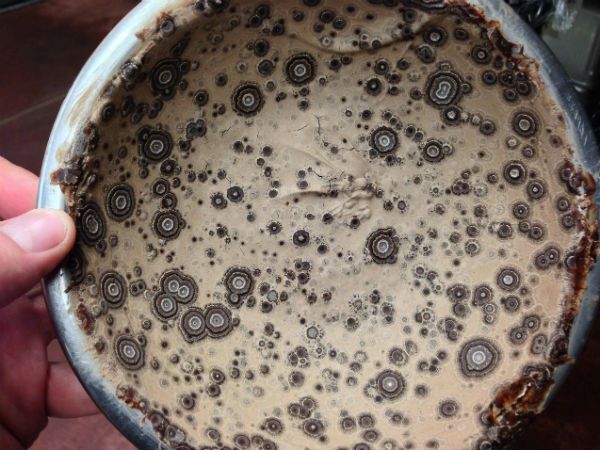
Like the white stuff on baby carrots, this is completely harmless. But the science behind your "ruined" chocolate is a little different.
The white pattern is called a bloom, either a sugar bloom or a fat bloom.
It's caused by ingredients from the chocolate mixture rising to the surface. It happens naturally over time, but exposure to air and warm temperatures speed up the bloom.
You can actually tell them apart: fat blooms look like white dots while sugar forms a crystal pattern.
11. Brown Or Bruised Apples
Like the color changes your bananas go through, it's perfectly natural for apples, pears, and other fruits to brown or bruise.
These changes mainly happen to the outer layer of the fruit as it reacts to damage or just the air.
It will make the apple mushy, but despite the texture your fruit is still safe to eat.
Soaking discolored apples in water, brushing them in lemon juice, or sealing them in bags can keep them fresh for longer.
